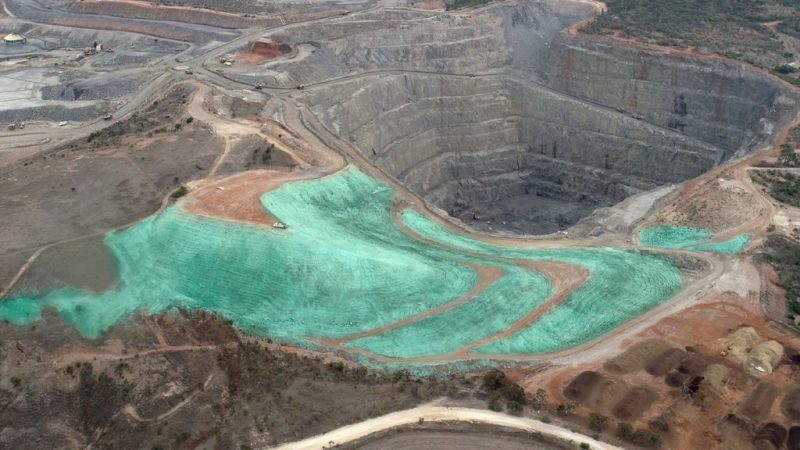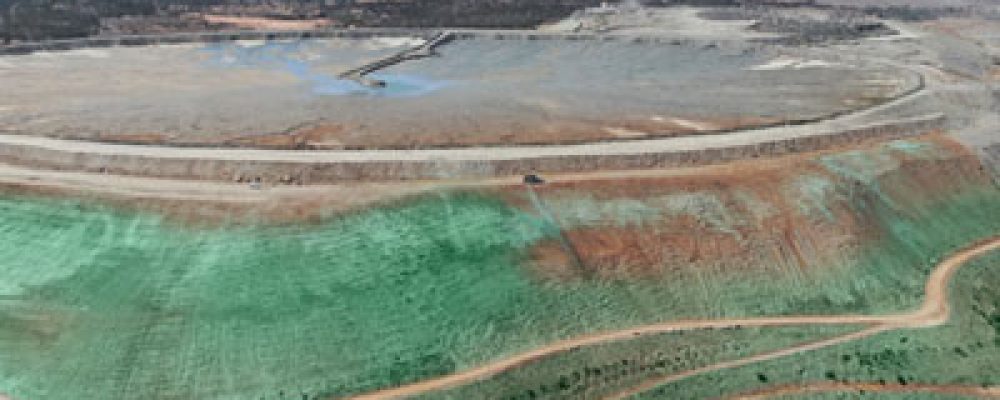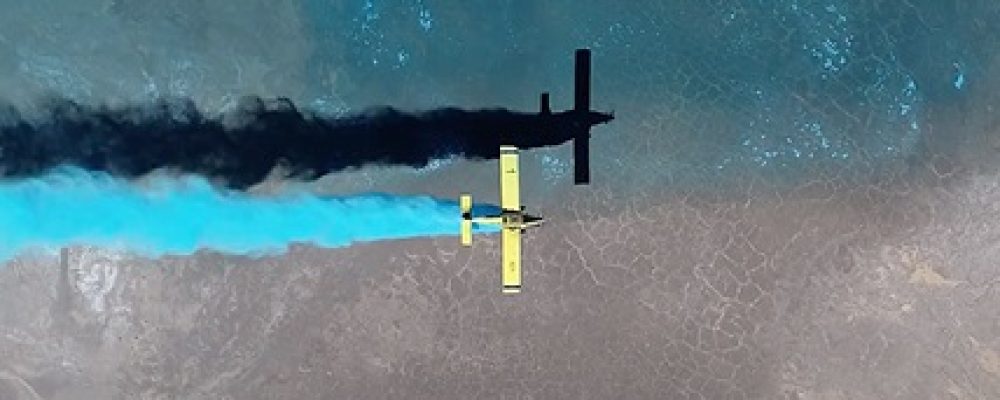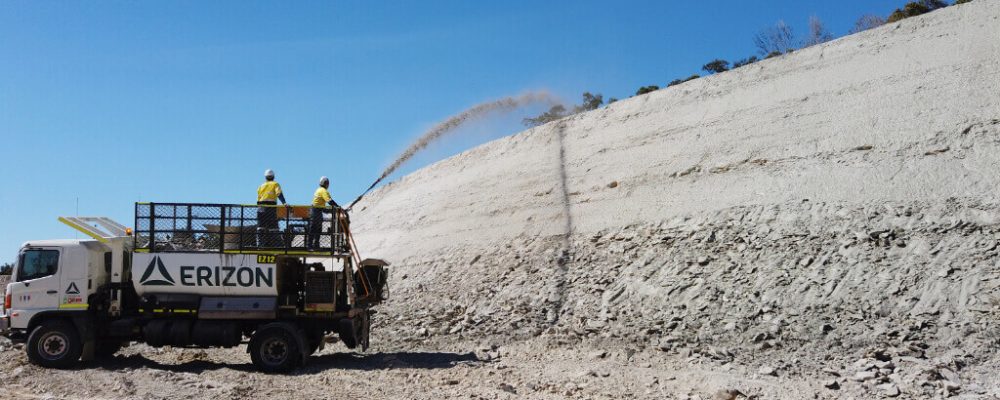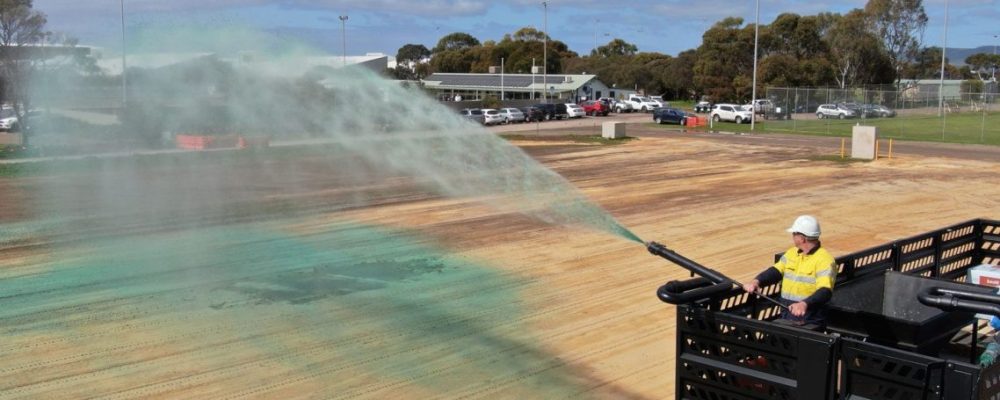Airborne dust, often perceived as a minor inconvenience, holds the potential to cause significant health hazards and mechanical damage. Its impact extends beyond just dirty surfaces, affecting air quality, human respiratory health, and the overall well-being of communities and ecosystems.
This article delves into the health risks posed by dust, the resultant threats to communities and the environment, and the importance of implementing effective dust mitigation strategies for risk reduction.
Understanding Airborne Dust In Industrial Settings
Airborne dust comprises tiny particles of solid material suspended in the air, typically smaller than 10 micrometers in diameter. These particles can be natural or man-made and can originate from various sources such as soil erosion and sandstorms
It’s imperative to understand the potential risks associated with airborne dust. These dust events are not just an inconvenience but can pose significant health risks to workers, the local community, and the environment. For instance, dust can cause operational issues for plant machinery and vehicles used in these industries.
Dust particles can infiltrate engine components, accelerating wear and tear, and leading to frequent breakdowns and expensive maintenance. Moreover, in mining operations and tailings, dust can also interfere with the efficiency of extraction processes bacause of clogged filters.
Because of these risks, it’s important to understand the nature of dust particles and implement effective mitigation strategies to protect both human health and the operational efficiency of these industries.
Effect of Dust on Health and Safety
The presence of dust, particularly when it is airborne, can have significant effects on health and safety.
Here are a few of the most common health and safety hazards associated with exposure to airborne dust:
- Respiratory system impact: One of the most immediate and significant effects of dust exposure is its impact on the respiratory system. Inhalation of dust particles can lead to a range of respiratory problems, such as asthma and bronchitis, depending on the type and quantity of dust inhaled.
- Allergies and sensitisation: Dust particles often carry allergens that can trigger allergic reactions in sensitive individuals. Symptoms can range from mild, such as sneezing and itchy eyes, to severe, including difficulty breathing and anaphylaxis.
- Fire and explosion: In industrial settings, dust can pose significant fire and explosion risks. Fine dust particles suspended in the air can ignite if they come into contact with a spark or flame, causing a rapid, explosive burn known as a dust explosion. Industries such as grain processing, woodworking, and metalworking are particularly vulnerable to this risk.
- Equipment damage: Beyond its effects on human health, dust can also cause significant damage to machinery and equipment. Dust particles can infiltrate mechanical systems, causing wear, reducing efficiency, and eventually leading to equipment failure.
Dust Mitigation Strategies in Industrial Settings
Managing dust in industrial settings is crucial to ensure the safety and health of workers.
Here are some strategies industries can employ to mitigate dust-related problems:
- Engineering controls: Engineering controls are technical interventions designed to control hazards at their source before they can affect workers. Controls such as dust collectors and air filters can help reduce the concentration of airborne dust in industrial environments.
- Enclosures and ventilation systems: Enclosures can help contain dust within a specific area, reducing its spread throughout the workplace. Ventilation systems, on the other hand, work to extract airborne dust from the environment. Both local and general ventilation systems can be effective in managing dust levels.
- Personal protective equipment (PPE): When engineering controls cannot completely eliminate dust exposure, PPE becomes necessary. This may include respiratory protective equipment such as masks or respirators, and protective clothing to prevent skin exposure.
- Workplace policies and training: Clear workplace policies and regular training sessions can ensure all employees are aware of the risks associated with dust exposure and the necessary precautions to take. Training should cover the correct use of PPE, recognising symptoms of dust-related health issues and emergency procedures.
- Dust exposure monitoring: Regular monitoring of dust levels in the workplace is a crucial part of any dust mitigation strategy. It helps identify areas where dust exposure is highest and where additional control measures may be needed. Monitoring results can also be used to assess the effectiveness of existing control measures.
Australian Government Initiatives Against Airborne Dust
The Australian Government has taken several steps to combat the health hazards associated with airborne dust. These initiatives are centred around a comprehensive strategy that involves collaborative agreements, task forces and industry-specific regulations.
National Clean Air Agreement
The National Clean Air Agreement is a significant initiative by the Australian Government to improve air quality and reduce people’s exposure to air pollution. This agreement helps governments identify and prioritise actions to address air quality issues. The primary goal is to lower the levels of airborne contaminants, including dust, in the environment. Through this agreement, all levels of government work together to implement measures that will ensure cleaner air for all Australians.
National Dust Disease Taskforce
In response to the increasing health concerns related to occupational dust, the Australian Government established the National Dust Disease Taskforce. This task force oversees key initiatives supported by all governments to address dust-related diseases. Their work includes progressing measures to prevent and manage health risks associated with exposure to occupational dust, such as implementing stricter controls and improving safety standards in workplaces.
Industry-Specific Regulations
Industry-specific regulations have also been put in place to manage airborne contaminants, including dust. For instance, work processes that release dust, gases, fumes, vapours, or mists into the air are regulated under these standards. These airborne contaminants, which may be invisible, pose significant health risks if not properly managed. Specific industries such as mining have stricter rules to reduce airborne contaminants and dust generation.
Furthermore, the NSW Government has introduced major new initiatives under the NSW Clean Air Strategy 2021-30, targeting some of the state’s biggest air pollution sources to improve air quality.
These initiatives reflect the Australian Government’s commitment to reducing airborne dust and mitigating its associated health risks. Through these measures, the government aims to create a safer, cleaner environment for all Australians.
Erizon’s Dust Suppression Solutions and Environmental Remediation
Erizon, a leading environmental solutions provider, offers state-of-the-art dust control and remediation techniques.
SuppressX
SuppressX is a cutting-edge dust suppression solution meticulously crafted for non-trafficked areas. Once applied, it creates a protective barrier that effectively eliminates dust lift-off, remaining resistant to the forces of wind and rain. The unique ultra-low concentration formula ensures optimal dust suppression without altering the underlying substrate’s composition.
HydroBond
HydroBond not only offers instant dust suppression but also utilises a unique combination of polymers and additives. When applied, these components create a permeable biodegradable crust that enhances the soil’s water retention capacity and safeguards essential nutrients from leaching. This innovative solution promotes accelerated germination and plant growth, making the process of revegetation more efficient and effective.
Prevent Dust Lift-Off the Smarter Way
Dust management in industrial and environmental contexts is not only an essential safety measure but also a significant contributor to the overall health of workers and the surrounding communities. Employing effective dust mitigation strategies, adhering to government initiatives and regulations and utilising progressive solutions can greatly reduce dust-related health risks and contribute to a more sustainable environment.
As we continue to innovate and improve these methods and technologies, we move closer to a future with cleaner, safer air for all.
Airborne dust is a serious health hazard, and effective dust control is essential for reducing the risk of disease. Contact us to learn how to effectively mitigate dust lift-off.
